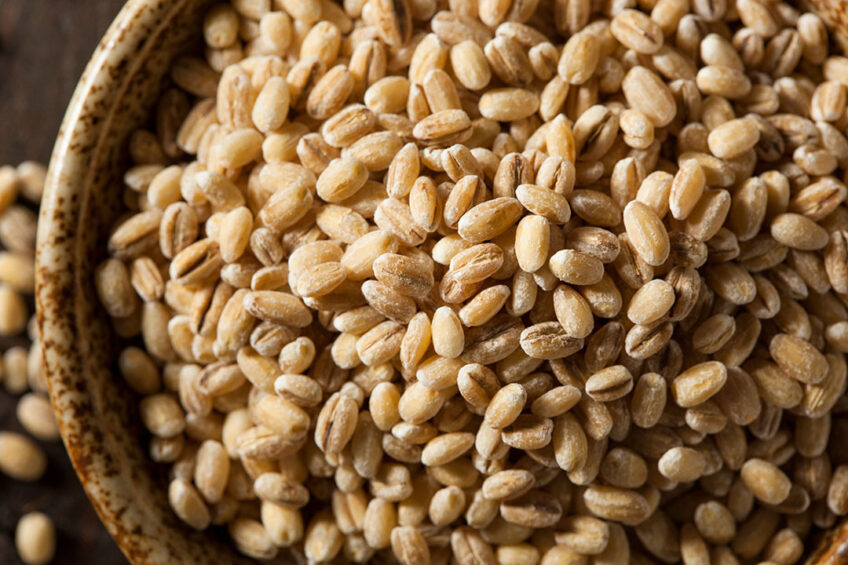Risks for animal health from ochratoxin A in feed

Risks posed by one of the leading mycotoxins found across the globe, ochratoxin A (OTA), are low, according to a study carried out for the European Food Safety Authority.
It follows a request by the European Commission to assess newly available scientific information and to update the 2004 EFSA Panel on Contaminants in the Food Chain (CONTAM) Opinion on the risks to animal health and transfer from feed to food of animal origin related ton the presence of OTA in feed.
OTA is produced by several fungi of the genera Aspergillus and Penicillium. In most animal species it is rapidly and extensively absorbed in the gastro-intestinal tract, binds strongly to plasma albumins and is mainly detoxified to ochratoxin alpha by ruminal microbiota.
Impact of OTA on animals
In pigs, OTA has been found mainly in the liver and kidney, while transfer from feed to milk in ruminants and donkeys, as well as to eggs from poultry, is confirmed but low.
Overall, OTA impairs function and structure of kidneys and liver, causes immunosuppression and affects the zootechnical performance, such as body weight gain and feed/gain ratio. Monogastric species are more susceptible than ruminants because of limited detoxification to OTalpha.
The CONTAM panel considered the following as reference point for adverse animal health effects:
- 0.01mg OTA/kg feed for pigs and rabbits
- 0.03mg OTA/kg for chickens and broilers
OTA levels
A total of 9,184 analytical results on OTA in feed, expressed in dry matter, were available. Dietary exposure was assessed using different scenarios based on either model diets or compound feed – complete feed or complementary feed plus forage. Risk characterisation was made for the animals for which an RP could be identified.
The highest OTA levels were reported for “Horse Beans” and “Lucerne Meal” and among cereal grains, the highest levels were reported in “Barley grain”, and complete feed for pre-ruminant calves among the compound feed samples.
In conclusion, the CONTAM panel considered that the risk related to OTA in feed for adverse health effects for pigs, broilers, laying hens and rabbits was low. Further information is needed on the adverse effects of OTAs in ruminants, solipeds, dogs, cats and farmed mink.











